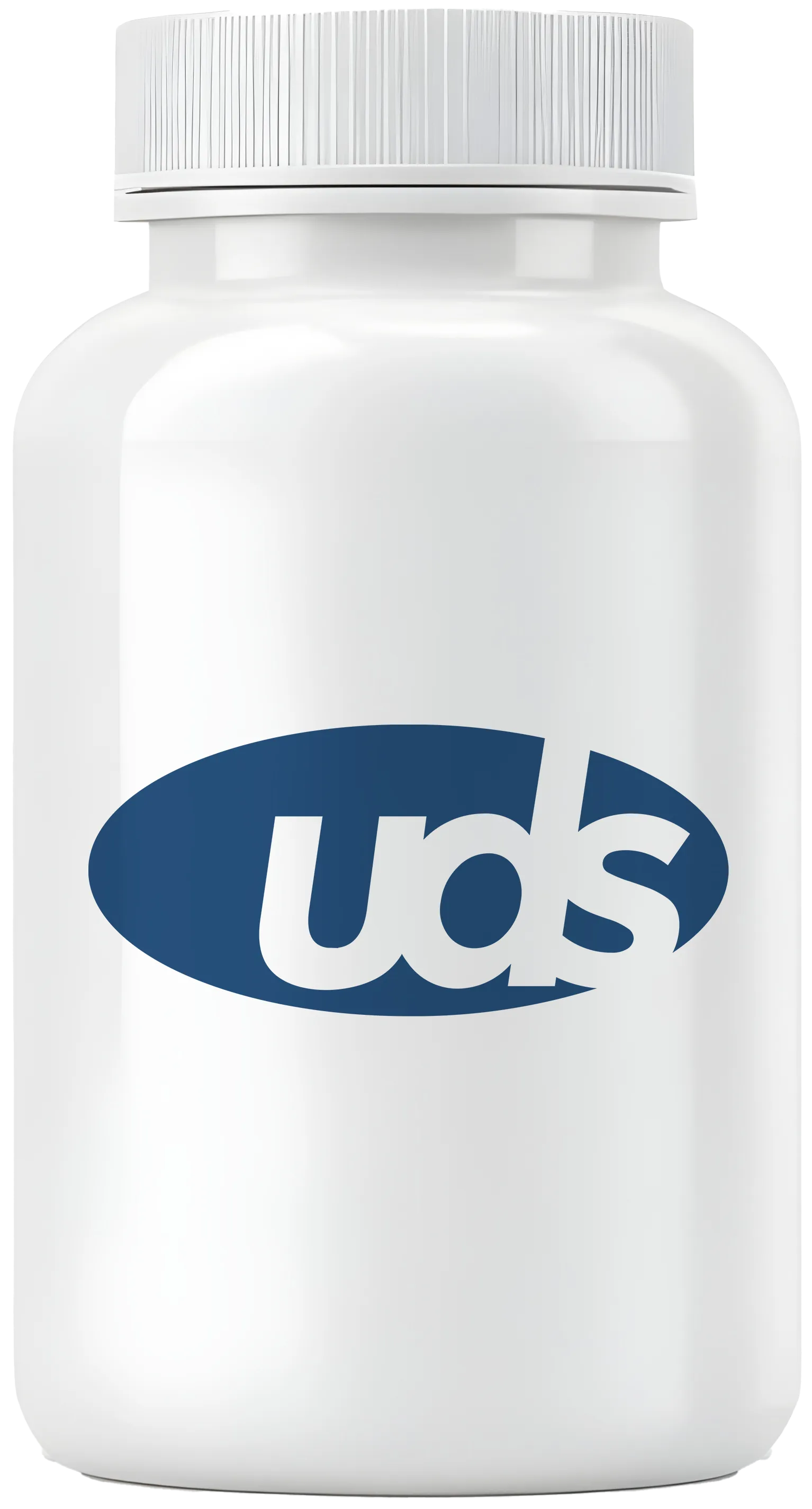Can you take benadryl while breastfeeding?

Benadryl (diphenhydramine) is a first‑generation, sedating antihistamine used for allergy symptoms. While generally safe in pregnancy, its use during lactation requires caution due to effects on milk flow and transfer to breast milk.
Safety and milk supply
- Diphenhydramine passes into breast milk in small amounts.
- It may decrease milk flow, especially with higher or prolonged dosing or combined with decongestants (e.g., pseudoephedrine).
- Some breastfed infants exposed to diphenhydramine exhibit irritability, excessive sleepiness, or difficulty sleeping.
- Short‑term or occasional use at recommended doses is unlikely to cause significant infant side effects.
When to avoid Benadryl
- If you rely on frequent or high‑dose antihistamine therapy.
- If your infant shows signs of sedation or feeding difficulties.
- If you notice a drop in your milk supply.
Shop Medications
Alternatives while breastfeeding
Newer, second‑generation antihistamines and non‑drug options are preferred:
- Oral antihistamines (non‑sedating):
- Saline nasal sprays or irrigation: safe, clears allergens without systemic absorption
- Intranasal corticosteroids:
- Flonase Sensimist (fluticasone furoate)
- Flonase Allergy Relief (fluticasone propionate)
- Nasonex (mometasone)
- Rhinocort Allergy (budesonide)
- Topical or ophthalmic antihistamines: for localized itching or eye symptoms
Sources
- Drugs and Lactation Database (LactMed) – Diphenhydramine. National Institute of Child Health and Human Development. Updated 2021 Sep 20. Accessed Mar 12, 2025.
- Prescribers’ Digital Reference – Diphenhydramine hydrochloride drug summary. Accessed Mar 12, 2025.





